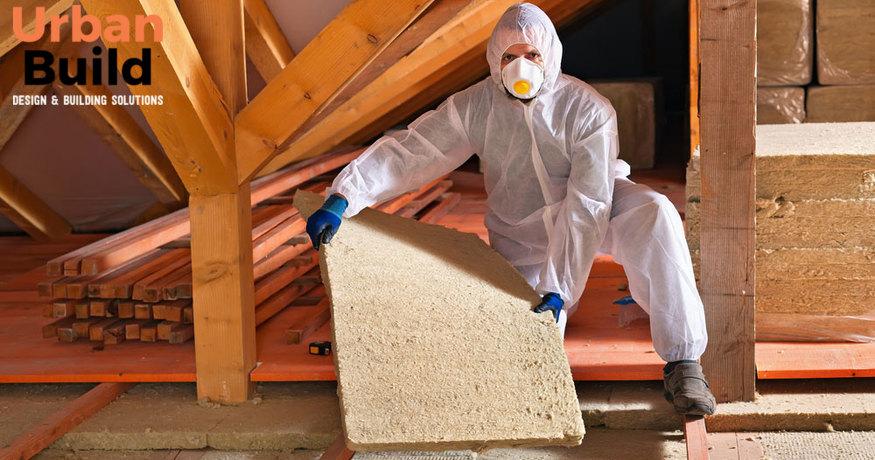From Inception to Conclusion: The Drylining Method Clarified
Dry lining services are an integral part of current construction and renovation projects. They provide a rapid and effective approach for creating internal walls and ceilings, offering a sleek finish that improves both appearance and utility. As property owners and builders seek ways to improve the efficiency of their environments, understanding the drylining process becomes crucial.
In this article, we will explore the step-by-step drylining process, from preparation to finishing touches. Whether you're considering a remodeling or simply curious about how your walls are constructed, this guide will provide important insights into the methods and supplies used in drylining solutions.

Comprehending Drylining
Dry Lining is a well-known building technique utilized to construct internal partitions and ceilings. It entails attaching drywall directly to the walls or roofs, which offers a smooth surface for decoration and thermal protection. This method is favored for its speed and efficiency, enabling for more rapid installation in contrast to conventional moist plaster methods.
One of the primary pros of drylining is its adaptability. It can be utilized in a variety of settings, from residential properties to business establishments. The method is particularly beneficial for creating thermal and acoustic buffering, making environments more energy-efficient and comfortable. Additionally, dry lining can allow for different decorations, allowing homeowners and builders to obtain the desired aesthetic.
The process of drylining generally starts with meticulous design and measurement to ensure a precise fit. Once the plasterboards are cut to size, they are safely fixed to the structure of the edifice, whether it’s stud walls or existing frameworks. After installation, seams are caulked, and the surface can be decorated as necessary, providing a continuous appearance that is both functional and visually appealing.
Steps in the Drylining Process
The drylining process starts with the crucial step of preparing the work area. This necessitates clearing the space, confirming that walls and ceilings are devoid of any obstructions, and inspecting for any existing imperfections that need to be addressed. Additionally, appropriate measurements are taken to confirm that the drylining materials will be installed perfectly in the assigned areas. Establishing a clean and organized workspace not only increases safety but also facilitates a more streamlined installation.
Next, the installation phase commences where the drylining boards are secured to the framework. The boards are generally made of gypsum plasterboard and are secured using screws or adhesive to the existing walls or a newly erected stud frame. Precision is key during this stage, as accurate alignment and secure fastening are vital for a smooth finish. Once the boards are in place, any necessary joints and corners are treated to ensure a flawless appearance. This step is imperative as it establishes the basis for the overall integrity of the drylining work.
In conclusion, the finishing touches are added to complete the drylining process. This includes taping and jointing the seams between boards, followed by the application of a skim coat to create a smooth surface. After the finishing coats have dried, sanding is performed to ensure an even texture. Once happy with the results, the drylined surfaces can be painted or textured, transforming the space. Well done drylining not only enhances aesthetics but also enhances thermal and acoustic efficiency in the environment.
Gains of Dry Lining Solutions
Drylining services offer significant time savings during construction and renovation projects. Unlike traditional plastering, which requires long drying times, drylining panels can be installed quickly and are ready for finishing almost right away. This speed allows builders and contractors to complete projects faster, lowering workforce expenses and enabling clients to move in earlier.
Another significant benefit of drylining is its flexibility. It can be applied in multiple contexts, including houses, commercial buildings, and renovation projects. Drylining can accommodate different design choices, allowing for easy modifications and adjustments. This flexibility makes it a preferred solution for many architects and builders who seek to create both practical and visually appealing interiors.
Finally, drylining contributes to enhanced thermal insulation and energy savings in buildings. The application of drylining can enhance thermal performance by lowering thermal escape and improving sound insulation. This not only creates a more pleasant living or working environment but can also lead to reduced utility costs over time. As eco-friendliness becomes an increasingly important factor in construction, drylining services are a wise choice for contemporary construction methods.